Alex Caine knows well the world of outlaw bikers.
The retired criminal investigator spent years of his life infiltrating biker gangs and spilling their secrets to law enforcement.
At different times, the Quebec-born Caine has lived among Hells Angels and Bandidos, repeatedly worn a wire and helped to bring down dozens of bikers on criminal charges.
In the 1980s, Caine infiltrated a Bandidos chapter in Bellingham, Wash., working his way up from a prospect -- the equivalent of being an intern in the biker world -- to the position of secretary treasurer at the national level.
He even got an official membership card that warns that Bandidos are "the people our parents warned us about."
It's given him a unique insider's perspective on the Bandidos -- the powerful worldwide motorcycle club that saw six of its members and associates convicted for the murders of eight bikers at an Ontario farm in April 2006.
Just over 5 months had passed since the Oct. 30 verdict, when four of the convicted men -- Dwight Mushey, Michael Sandham, Frank Mather, Wayne Kellestine, Brett Gardiner, and Marcelo Aravena -- launched appeals from inside prison.
In a new book, Caine has put forward a version of events that he believes spurred the massacre that took place near the small hamlet of Shedden, Ont., three-and-a-half years ago.
Caine's theory begins with an opportunistic drug rip-off that left a young Bandidos prospect open to retaliation and it ends with the well-known murders that made headlines across the country.
"There are eight dead guys and there are six guys accused of doing it," Caine said in a recent telephone interview with CTV.ca.
To Caine, those are the undisputed facts in the case.
"It's like layers on an onion," said Caine, explaining that he believes the real Shedden story to be a complex narrative with many storylines connected to one another.
In addition to taking a look at the Shedden killings, Caine's "The Fat Mexican: The Bloody Rise of the Bandidos Motorcycle Club," provides a detailed history of the 43-year-old club.
The book is named for the Bandidos logo -- a chubby cartoon character who wears a sombrero and is armed with both a knife and a gun.
Since it was formed in 1966, the motorcycle club has grown to global proportions, and now includes Bandidos chapters in the U.S., Europe, Asia and Australia.
The worldwide club's official website no longer lists any chapters in Canada and Caine's book suggests that any of the Canadian Bandidos that remained after the Shedden massacre "patched over" -- the biker-world term for switching allegiances -- to a rival motorcycle club.
Caine believes the trouble for the Ontario-based Bandidos started about a month before the infamous killings, when a young prospect was working a shift as a towtruck driver in west-end Toronto.
He says that Jamie Flanz, a 37-year-old man who lived in the town of Keswick, on Lake Simcoe, was the person who found the drugs.
An ex-bouncer, Flanz was working a shift for 52-year-old George Jessome, another one of the soon-to-be-victims of the Shedden massacre.
According to Caine, Flanz found a car parked illegally on the street in March 2006 and decided to tow it.
The car had Quebec plates and a gym bag inside its trunk filled with cocaine "in a quantity that had to be worth hundreds of thousands of dollars."
But the drugs were owned by the Hells Angels, and Caine believes Flanz happened upon a delivery vehicle that was left alone for too long.
"The car ended up sitting unwatched for much longer than it should have -- long enough for a tired, bored, part-time tow-truck driver to come around and check it out," Caine writes in The Fat Mexican. "As soon as they realized their coke had gone missing, the Hells Angels started kicking down doors in Toronto looking for their lost product."
Caine says Flanz tried to broker a deal with another Bandidos member to sell the drugs.
From there, Caine describes a complicated series of biker-world interactions, which he believes eventually led to a group of Winnipeg-based Bandidos coming to the Shedden-area farm and wiping out the eight bikers from Toronto.
The last day Flanz was seen alive was the day he drove to the farm owned by Kellestine, the place where the eight men were murdered, placed in vehicles and dumped a few kilometers away.
Flanz travelled to the farm with Paul Sinopoli, 30, where both men would end up dead within a few hours, along with Jessome; George Kriarakis; 28, John Muscedere, 48; Luis Raposo, 41; Frank Salerno, 43 and 31-year-old Michael Trotta.
Flanz was actually followed to the farm by Durham Regional Police, who were watching the prospect as part of a murder investigation into the death of a 35-year-old Keswick drug dealer named Shawn Douse.
While the Durham officers never entered the farm that night, many of the phone conversations they had been secretly listening into for their investigation were later used in the trial that convicted the six men in the Shedden killings.
Douse's murder was later solved, with four other bikers connected to the Toronto Bandidos members pleading guilty to the act in January 2008. Flanz died before the first arrests were made in the case.
Caine admits that his theory about the cocaine theft was not explored at the recent trial which four of the convicted men are now appealing.
"What I would like people to understand is that I've presented an alternate set of events," he said, explaining the context of his book.
In any case, Caine stands by his research.
"Everything I say in that book is backed up, or else I wouldn't have said it," Caine said.

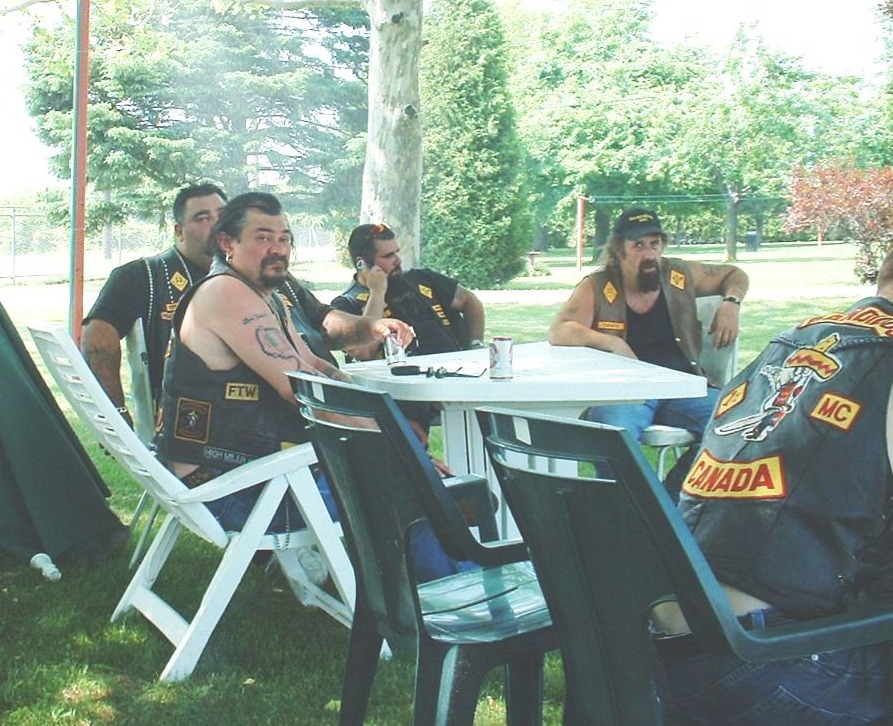



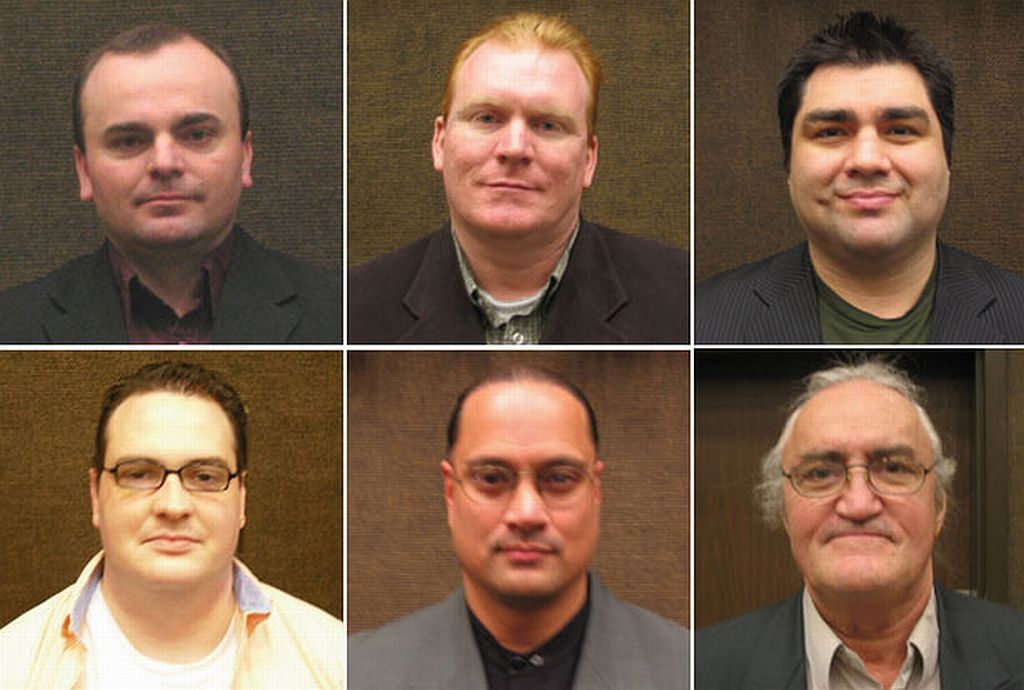

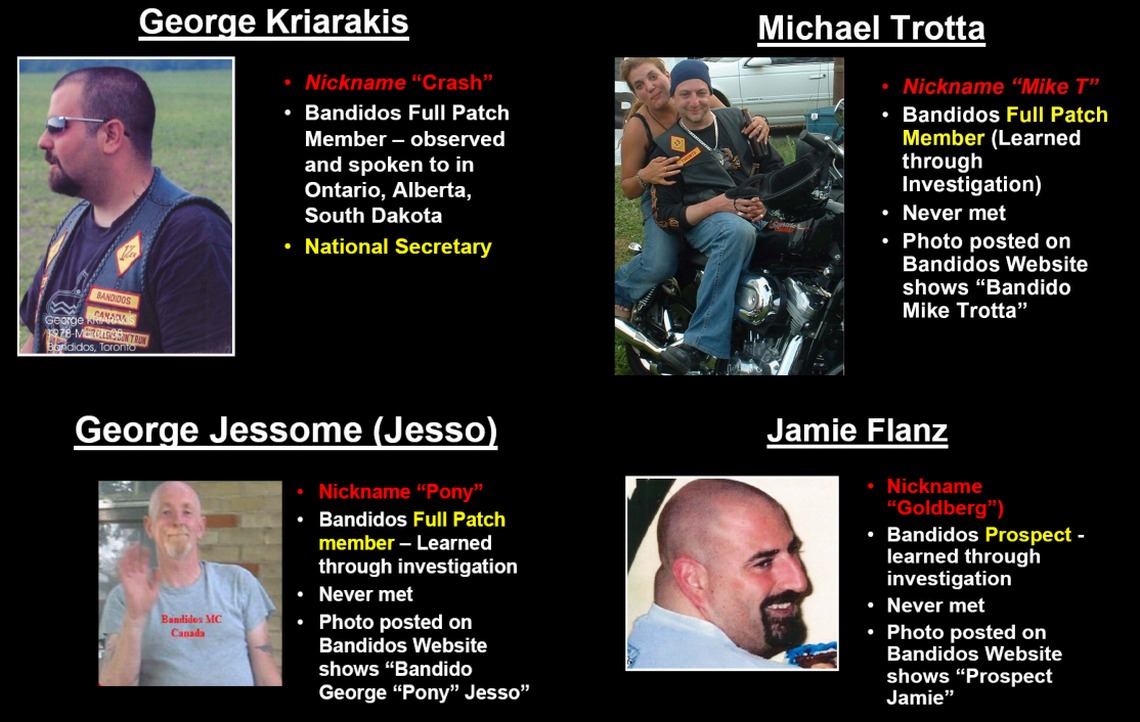
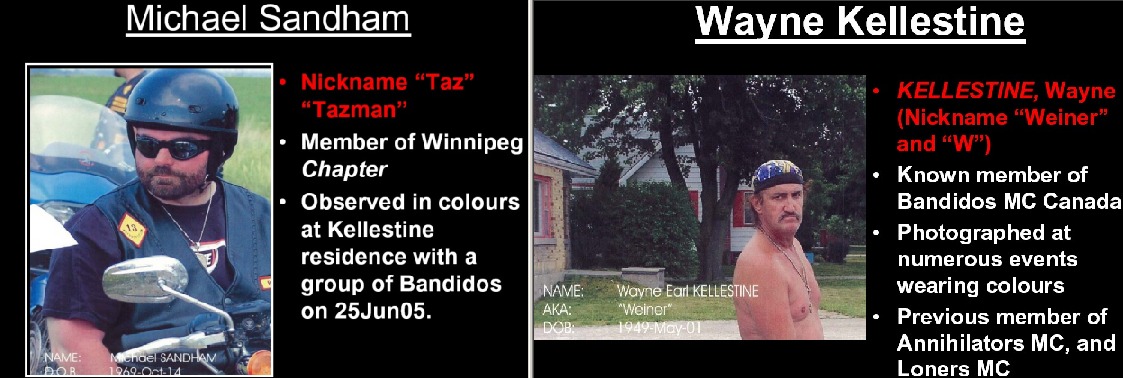

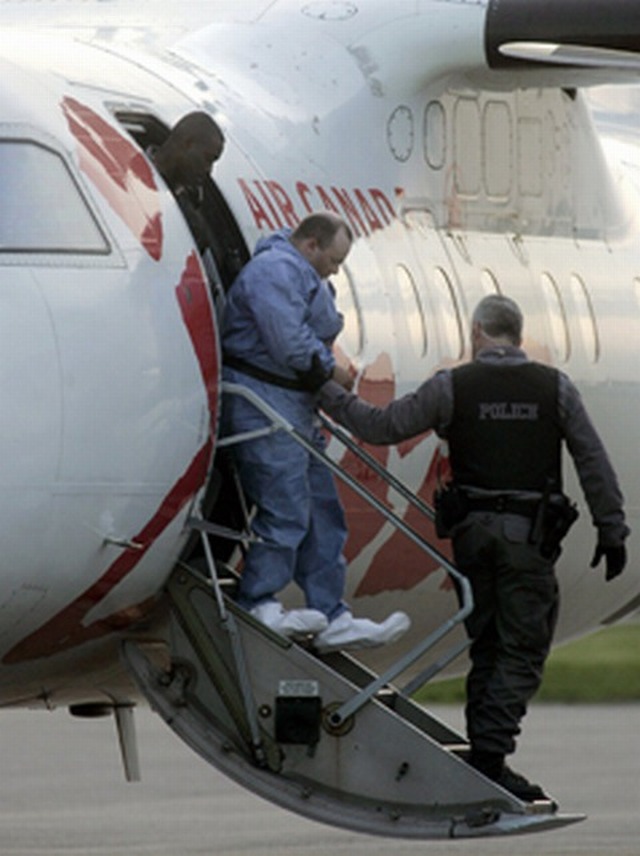

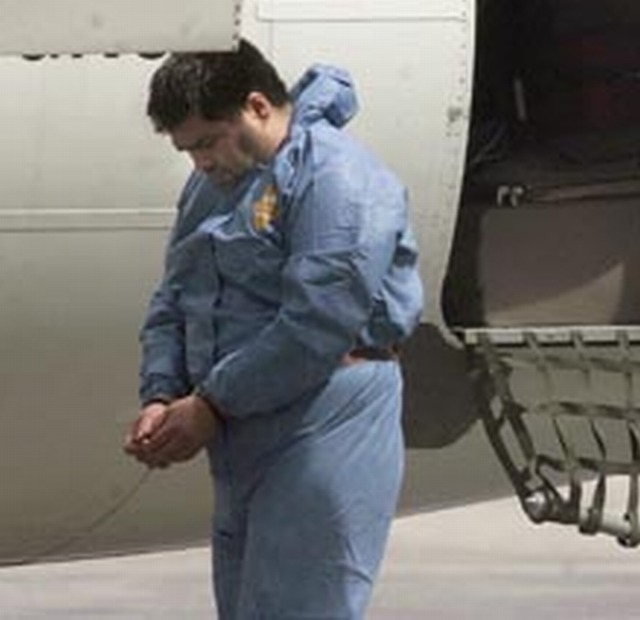
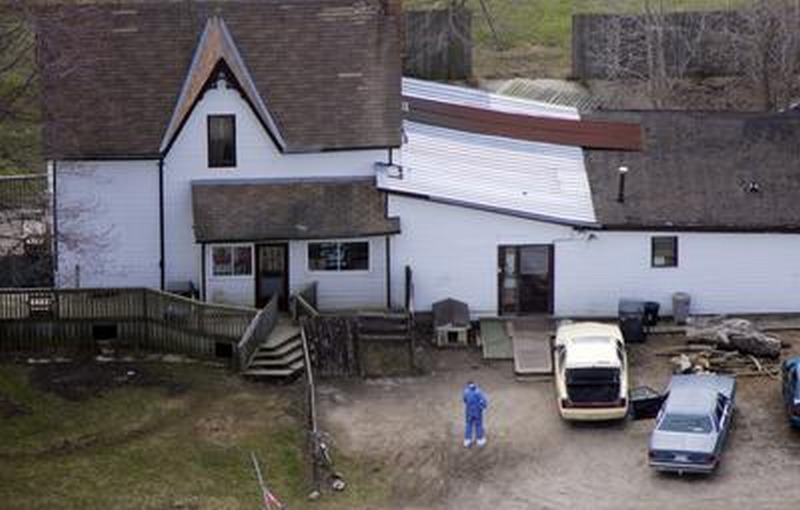
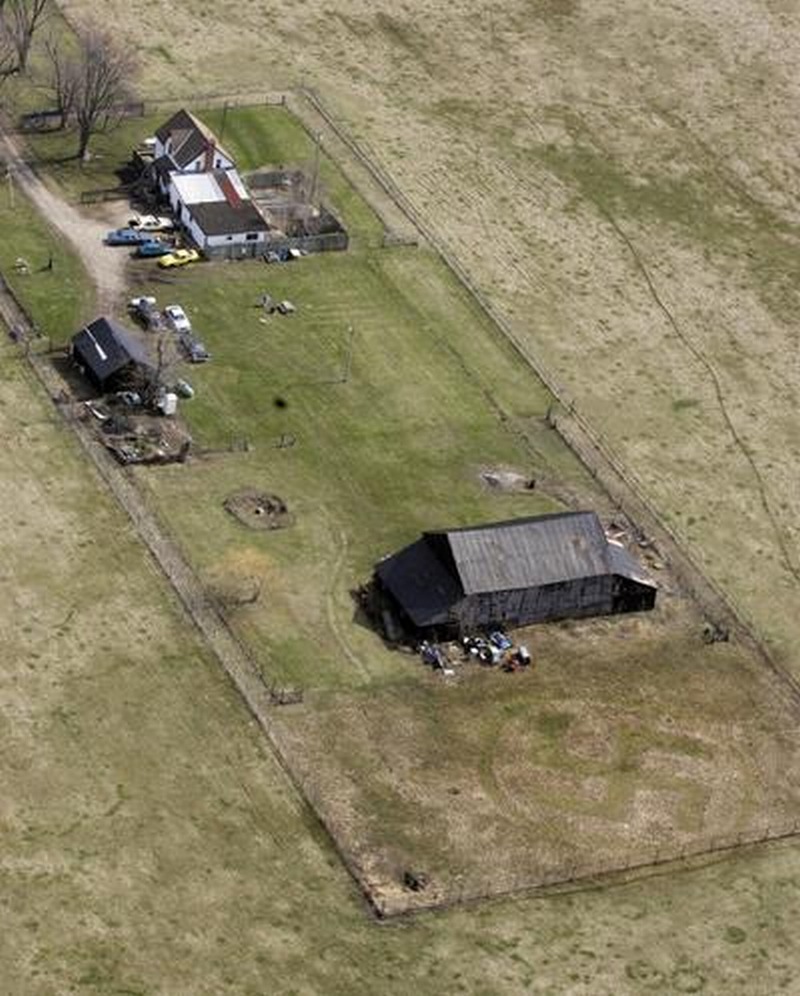

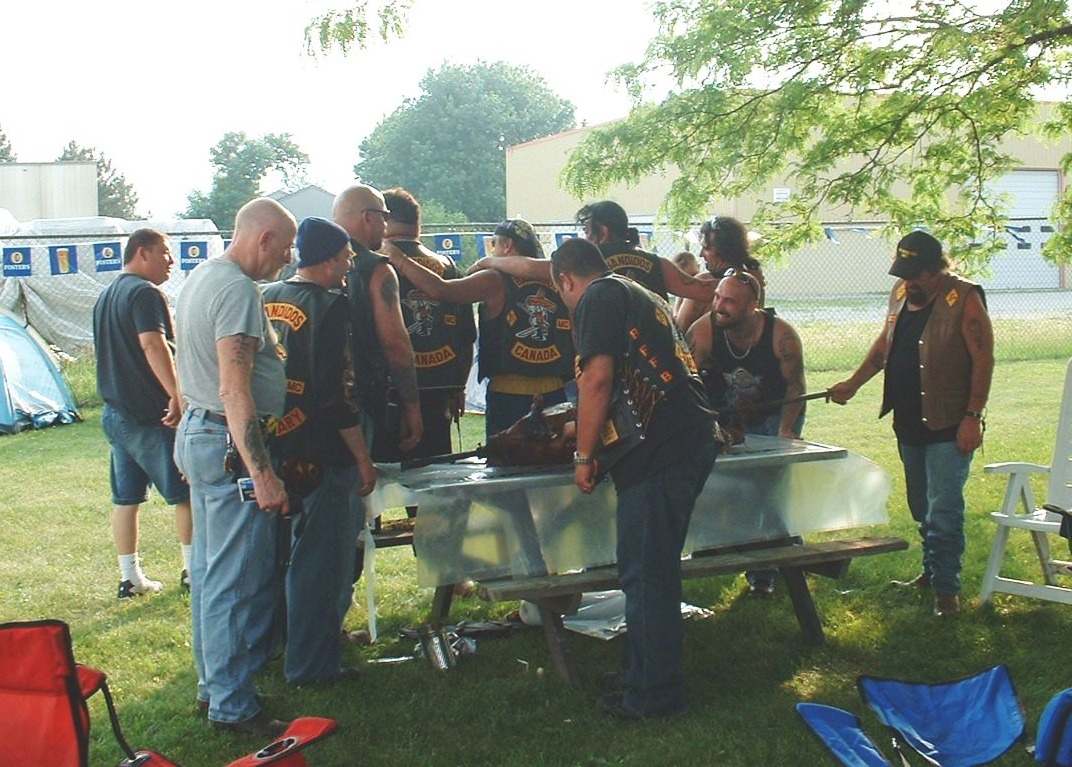

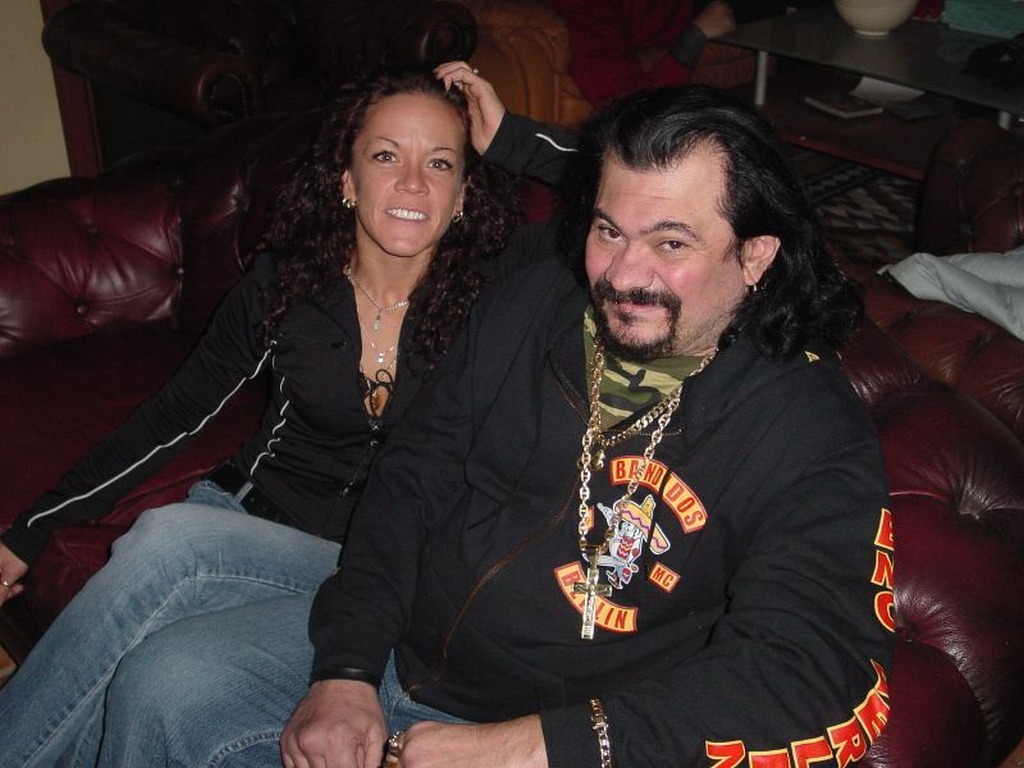
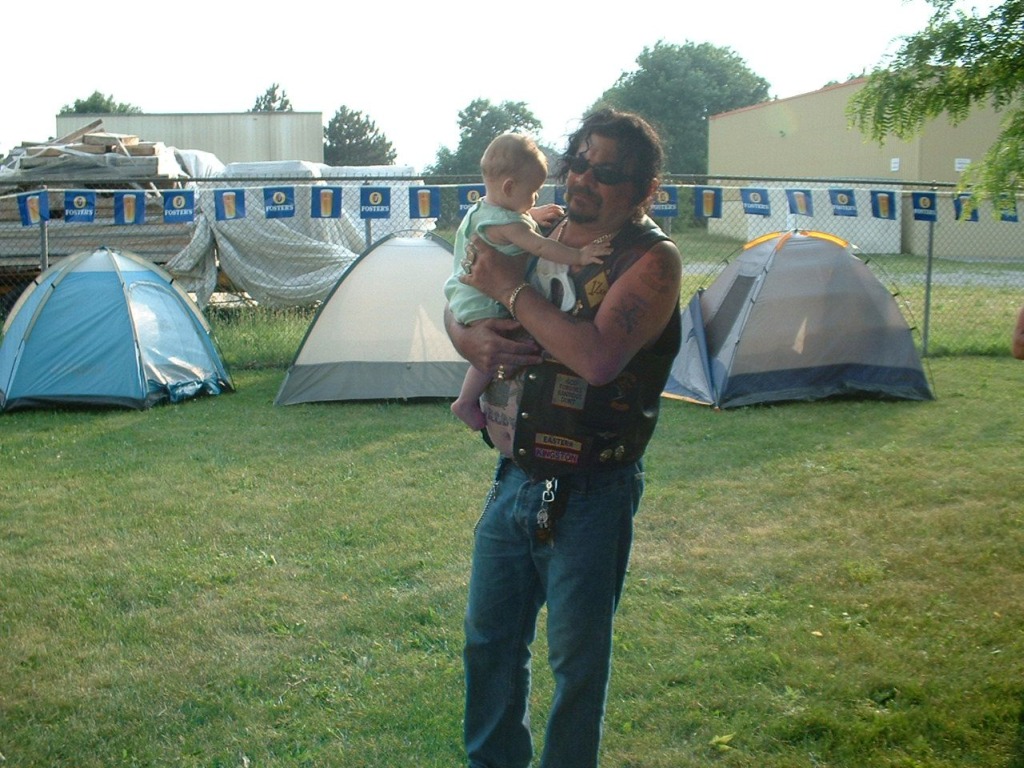
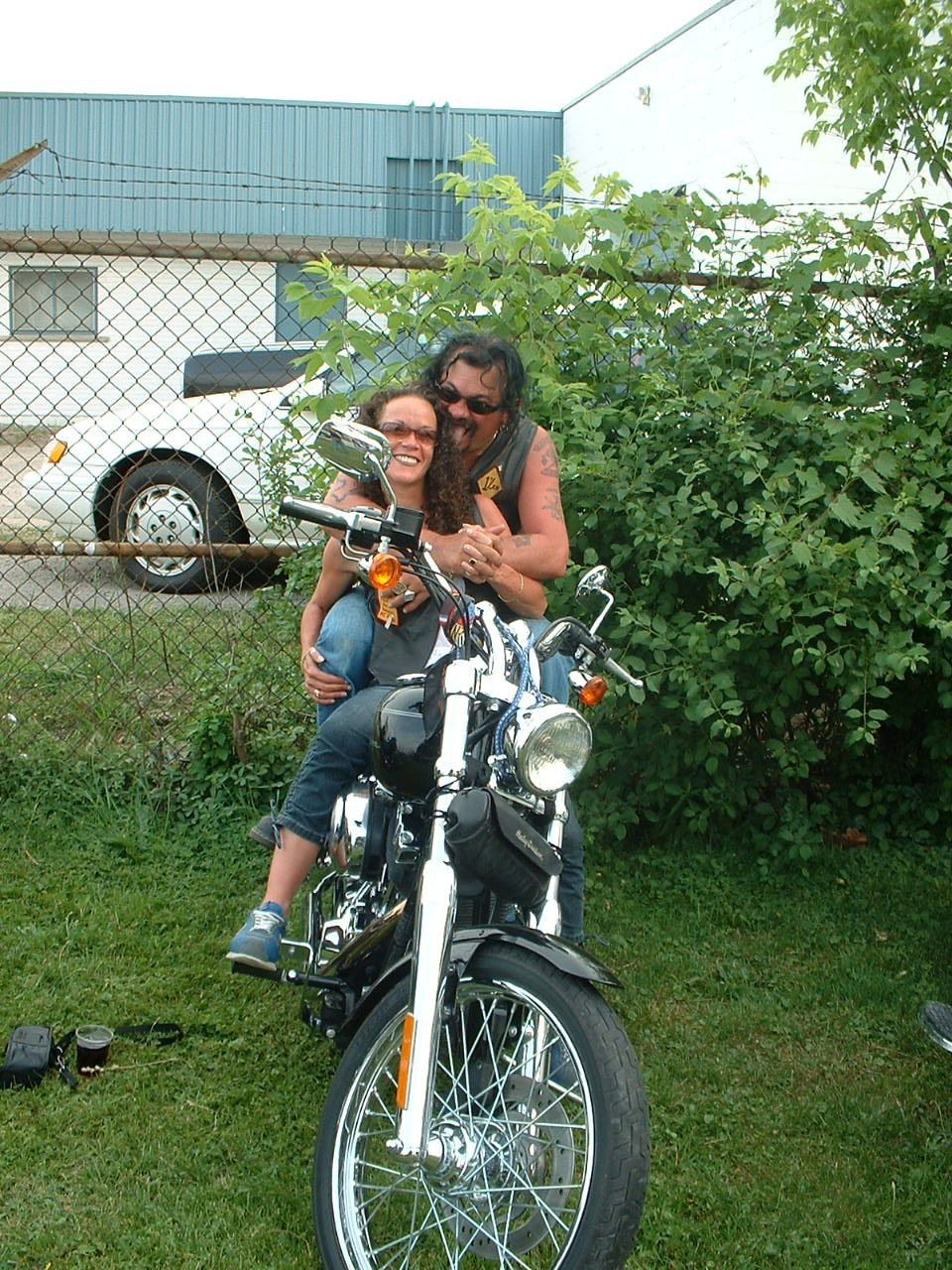


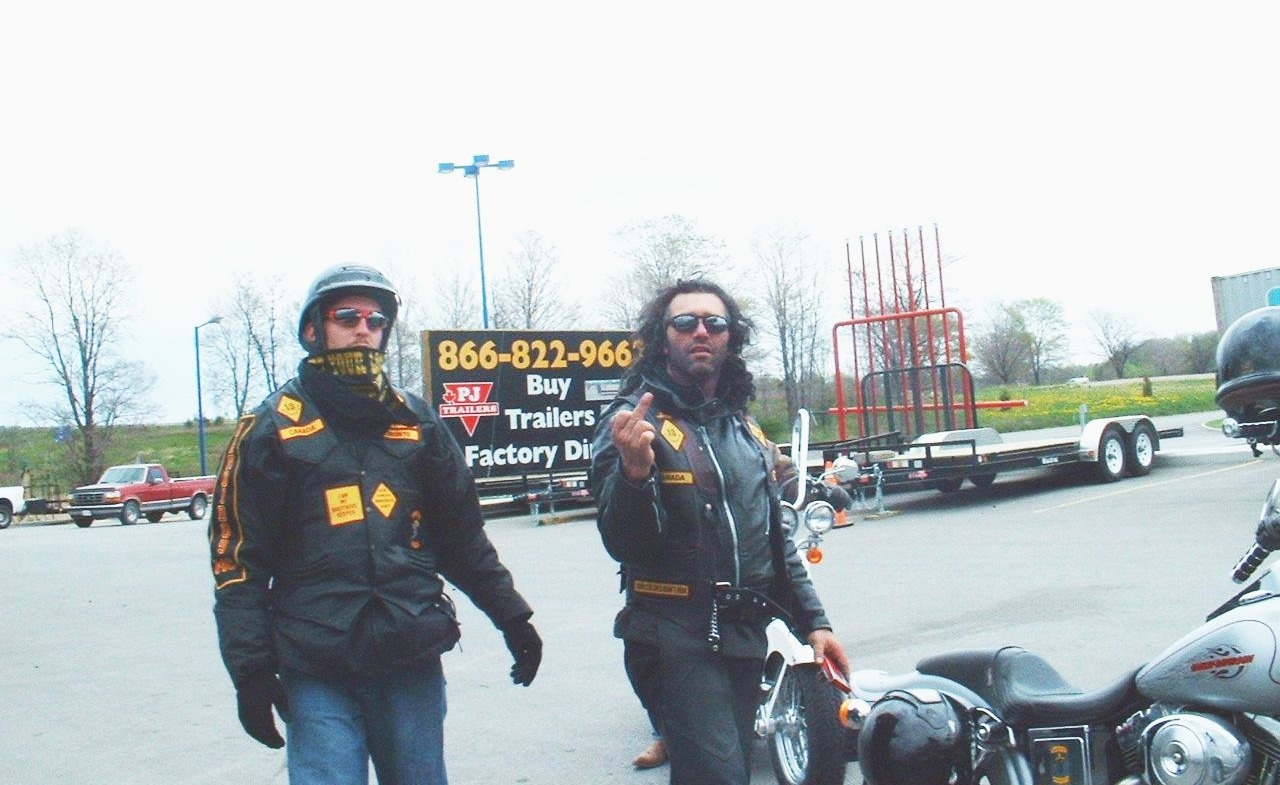
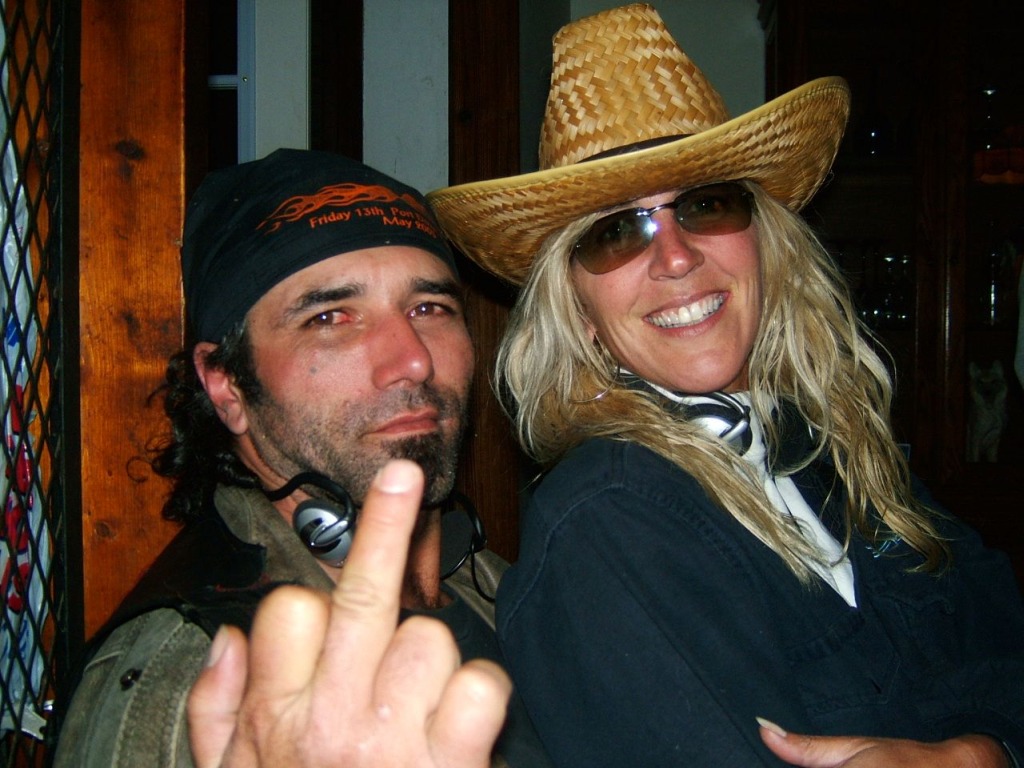
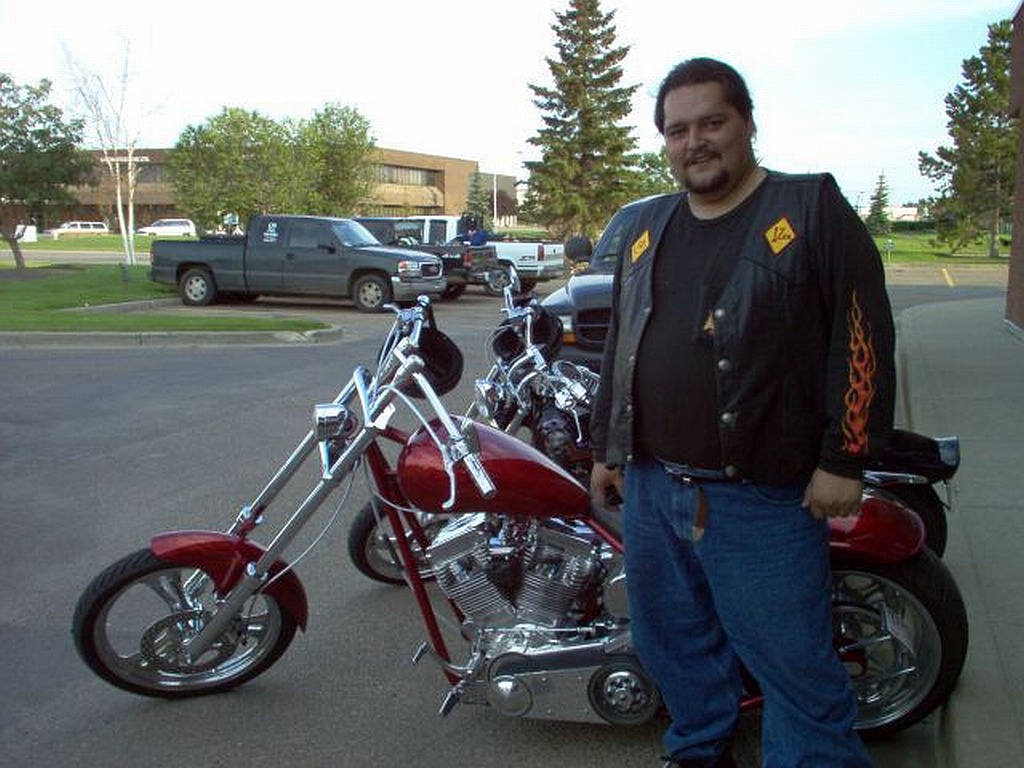
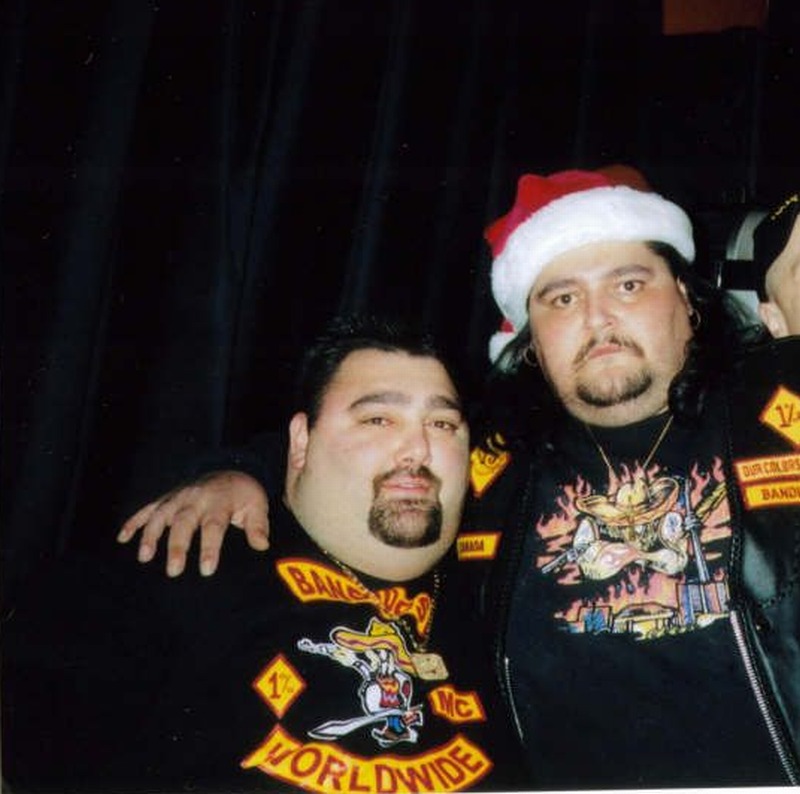

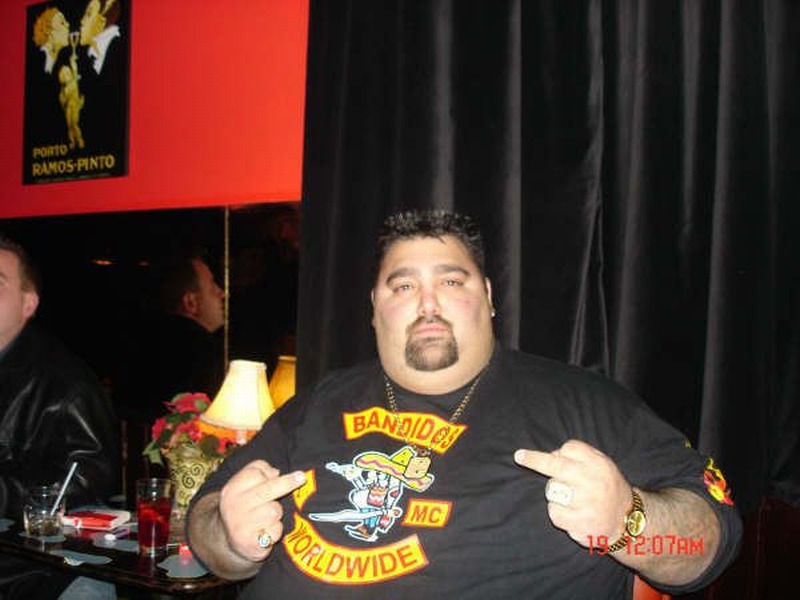
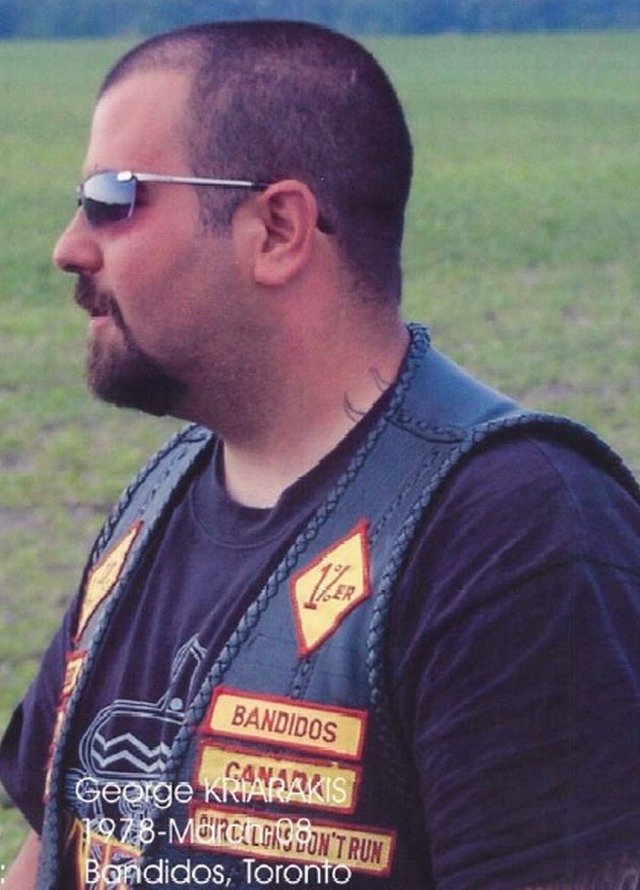
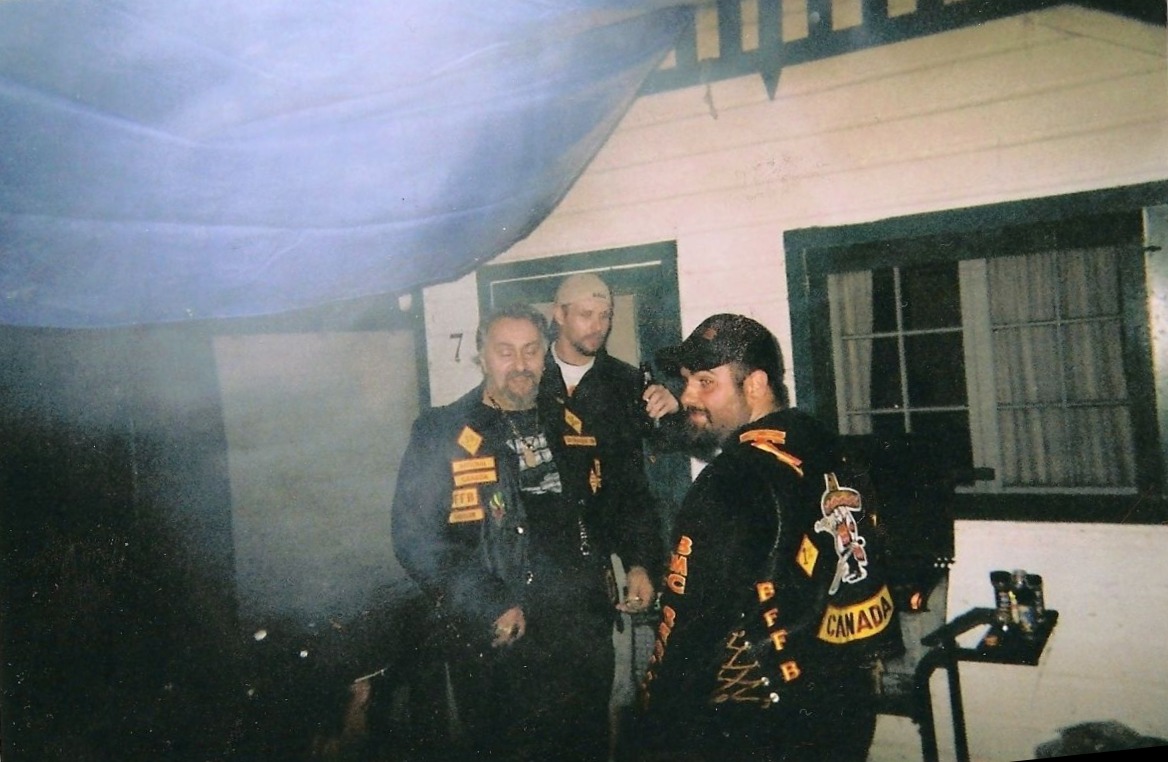
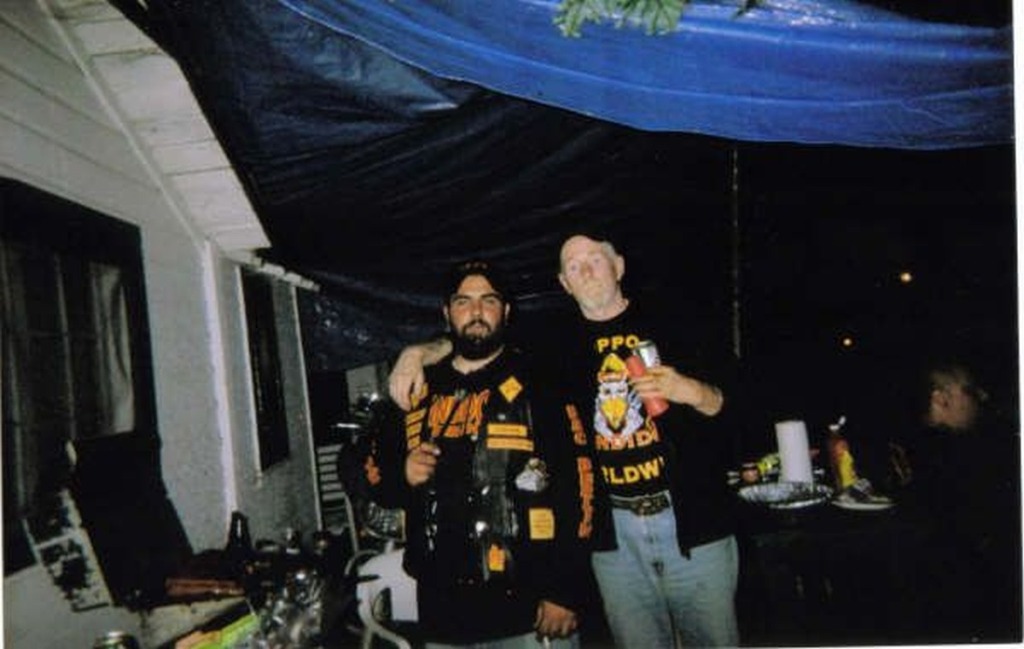
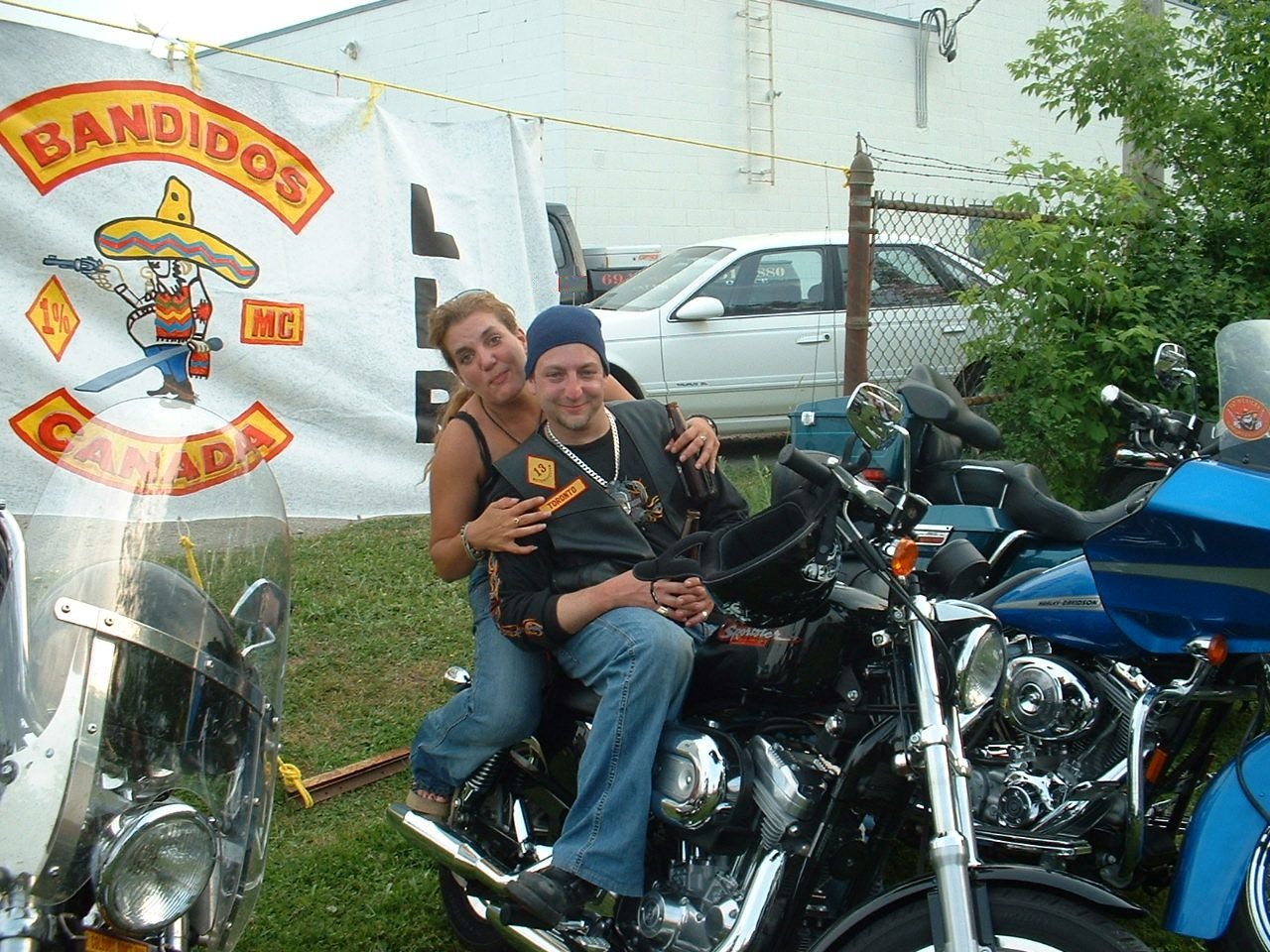
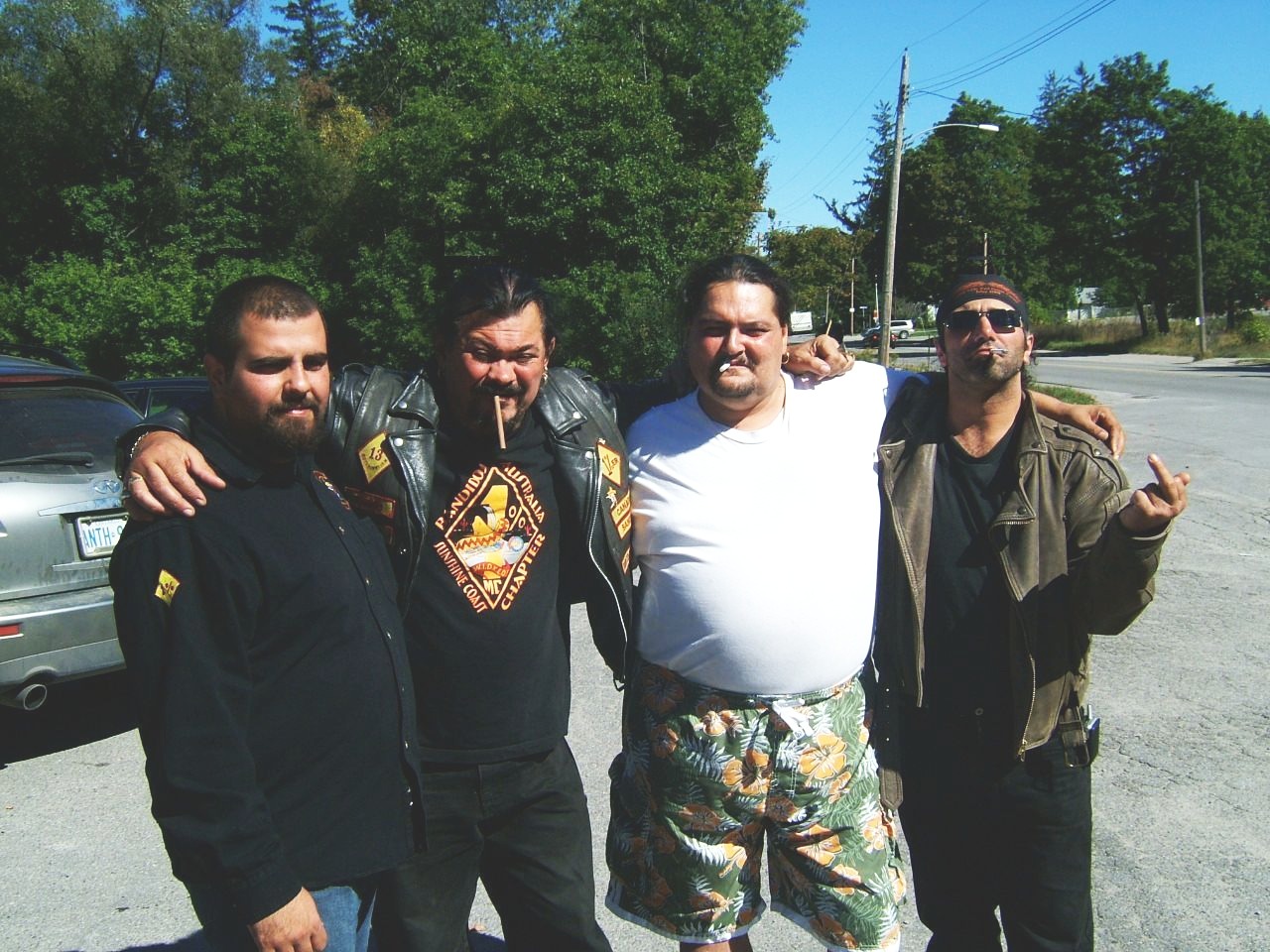
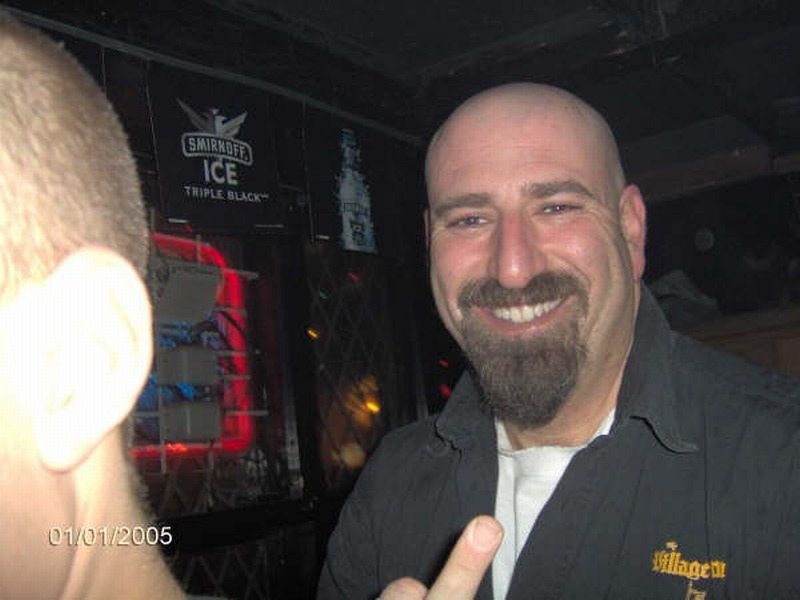
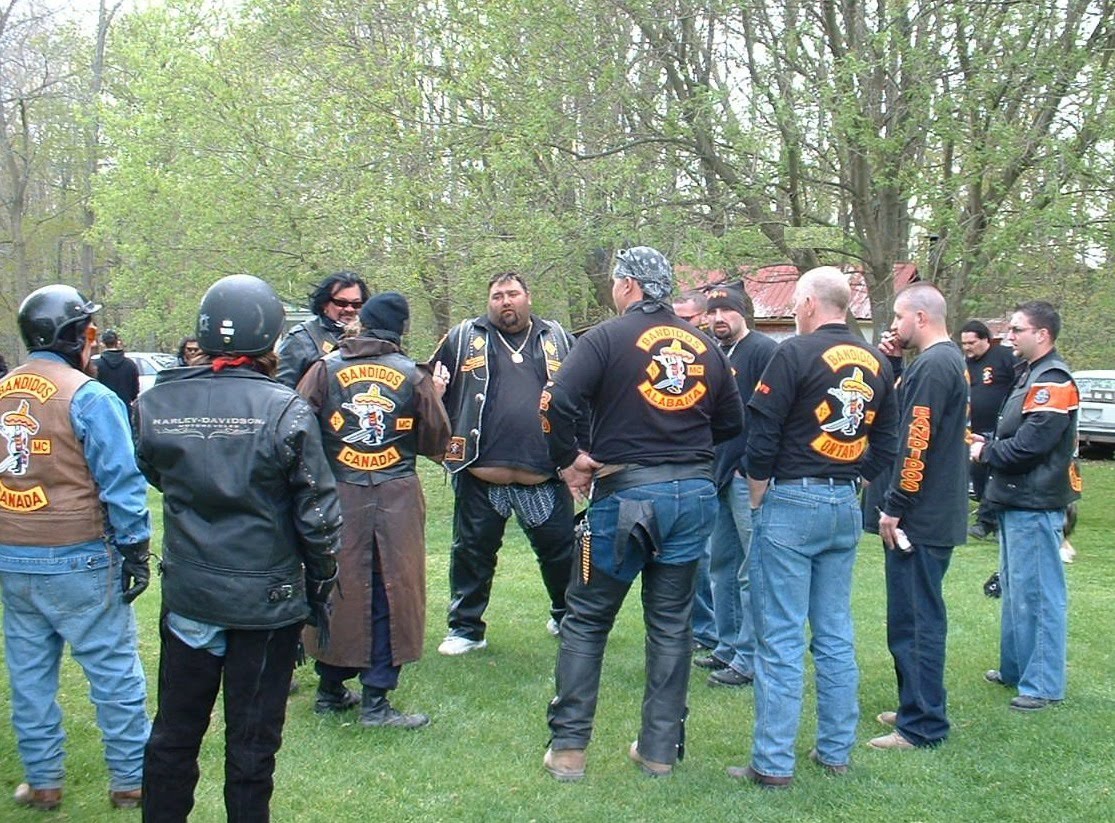



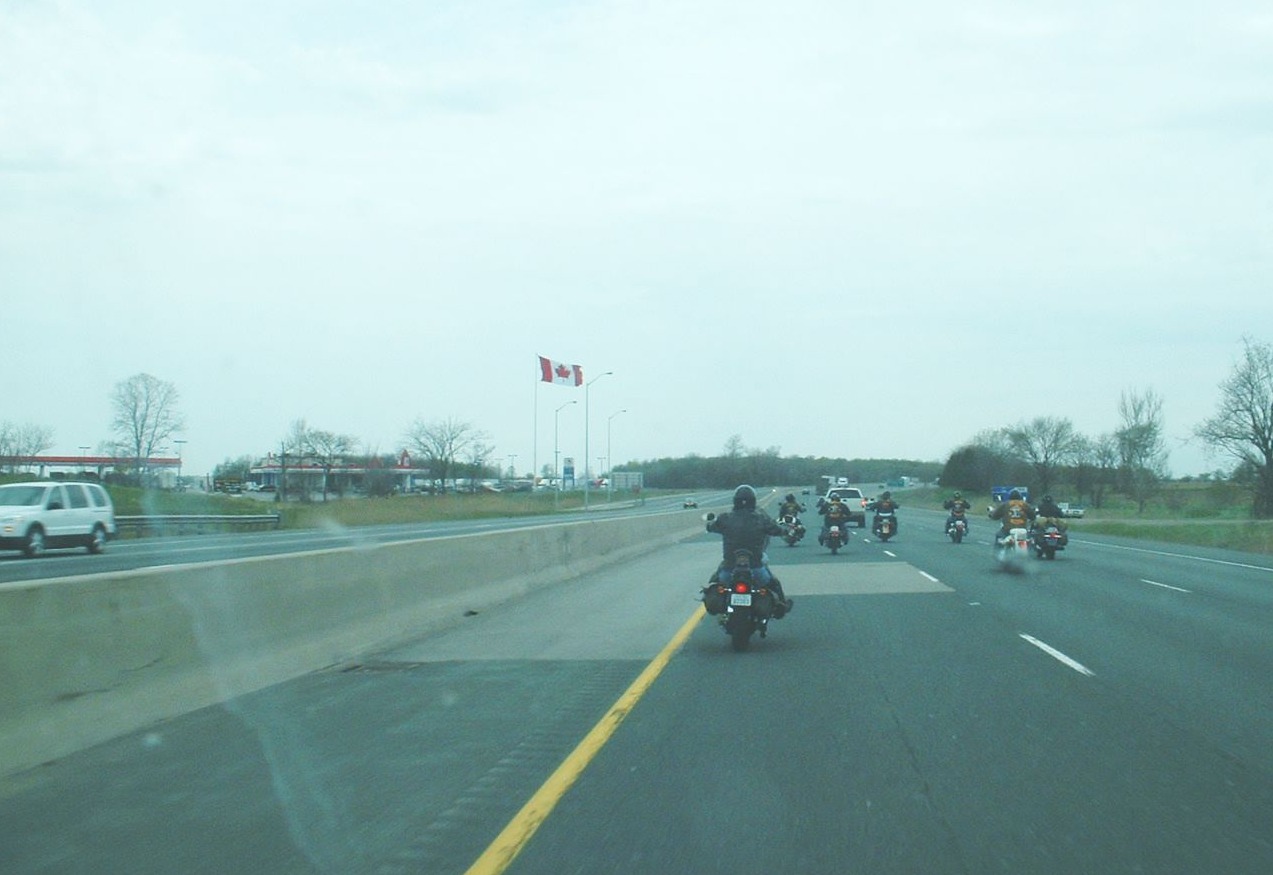








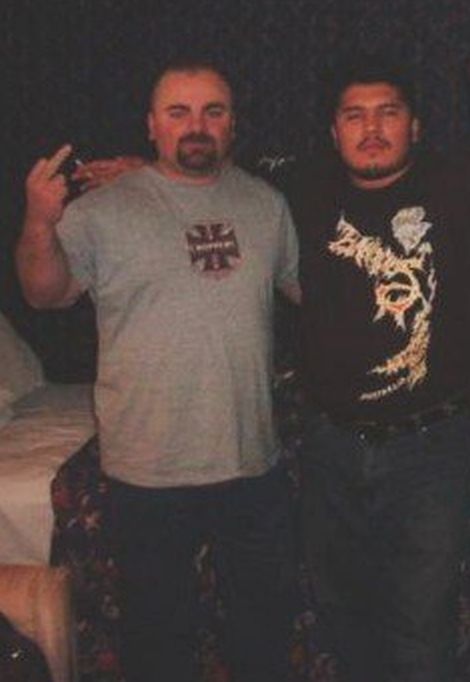





Caine is a piece of shit & will say anything to sell a book.
ReplyDeleteOG's police themselves. This should have happened without excuse. Had they done that or at least had and followed the charter laws this would have never happened.
ReplyDeleteThe tow truck driver was required to CALL upstairs before doing anything. Common sense
Too much land for conflicts between BG's to have this go down.
But, they are not the smartest tacks in the box at times.
Reaper